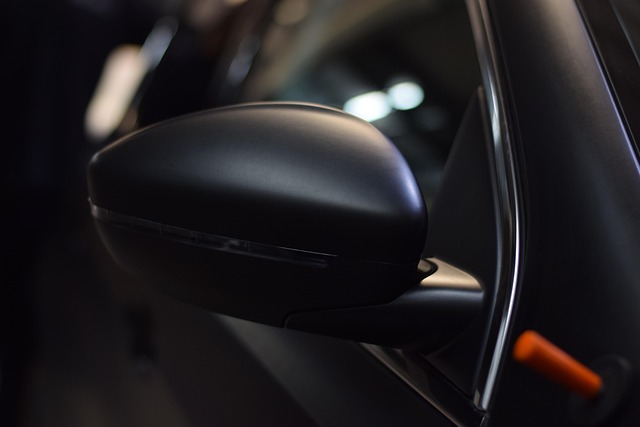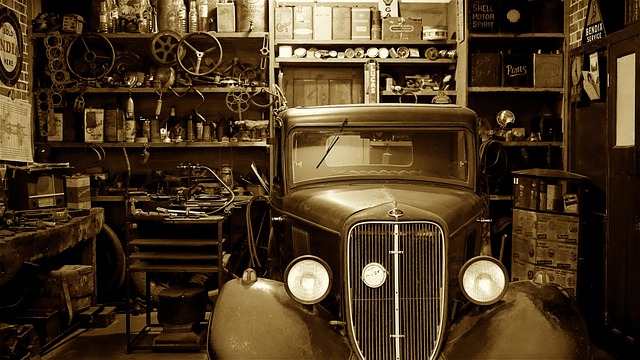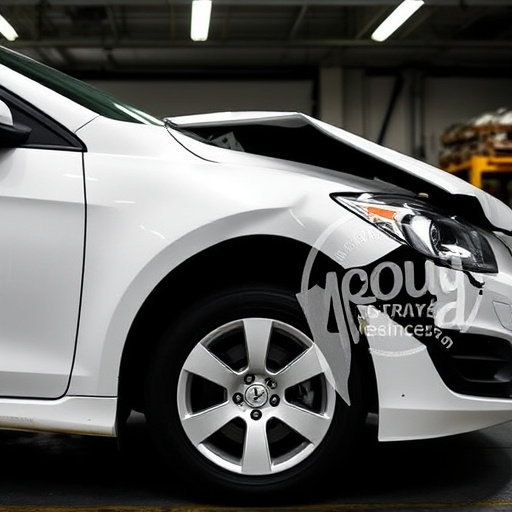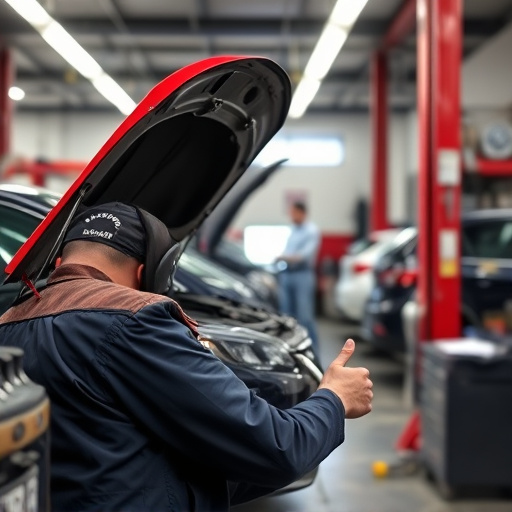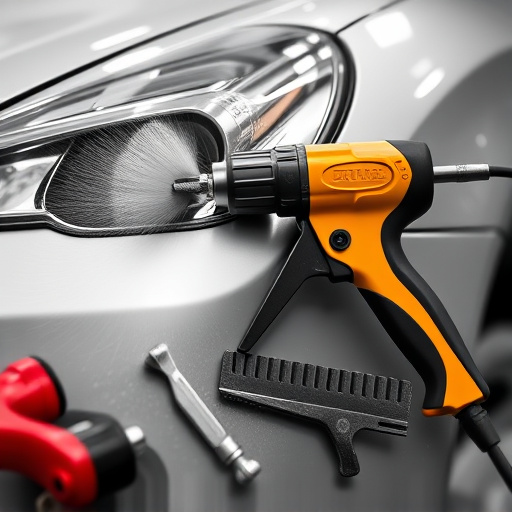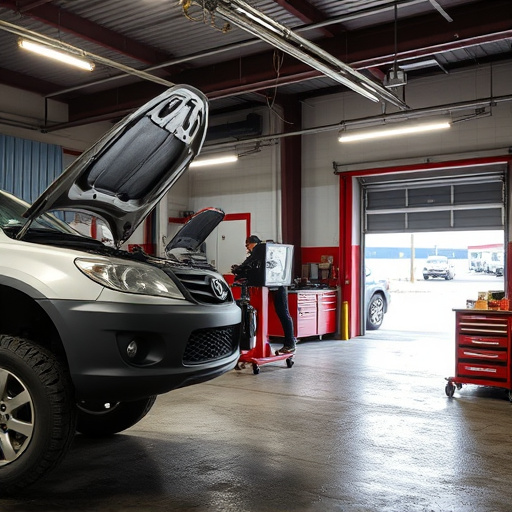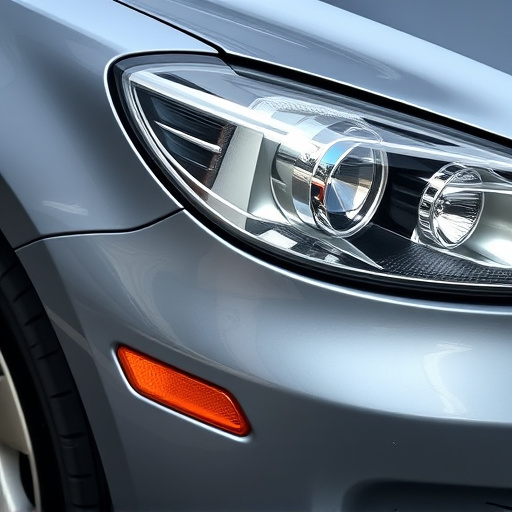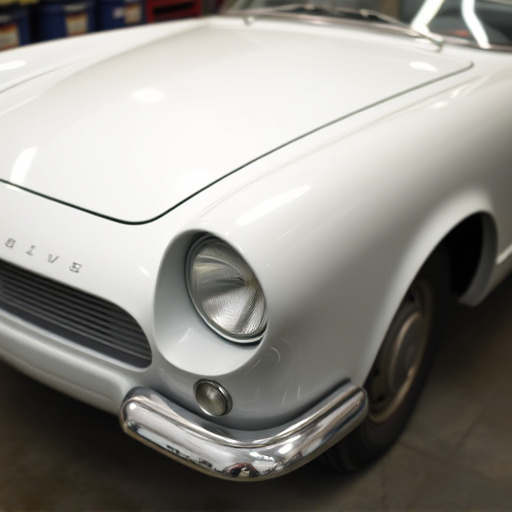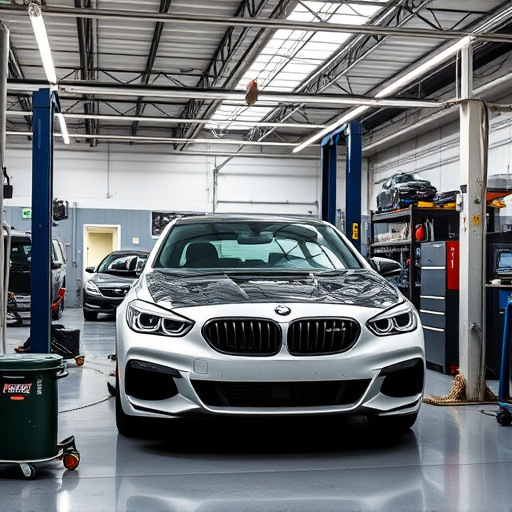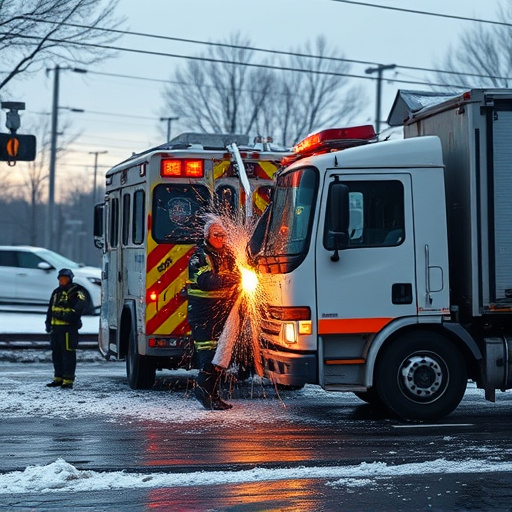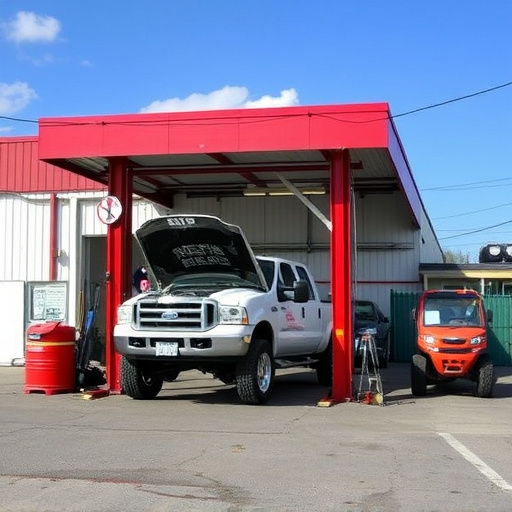Tesla suspension alignment is key to vehicle performance and safety. Regular checks and adjustments at professional body shops optimize handling, prolong component lifespan, and maintain safety standards. Wear from use, road conditions, and weather require frequent inspections (every 5,000 miles) for tire wear, body roll, and ride quality issues. Proper maintenance enhances driving dynamics and ensures Tesla's high-performance electric vehicles remain in peak condition.
Tesla’s advanced suspension systems offer a smooth ride and precise handling, but proper alignment and regular maintenance are key to preserving their performance. This article delves into the fundamentals of Tesla suspension alignment, exploring common wear and tear issues across various components. We provide practical strategies to ensure optimal alignment, extending the life of your Tesla’s suspension and enhancing its overall driving experience.
- Understanding Tesla Suspension Alignment Basics
- Common Suspension Component Wear and Tear
- Strategies for Maintaining Optimal Tesla Suspension Alignment
Understanding Tesla Suspension Alignment Basics
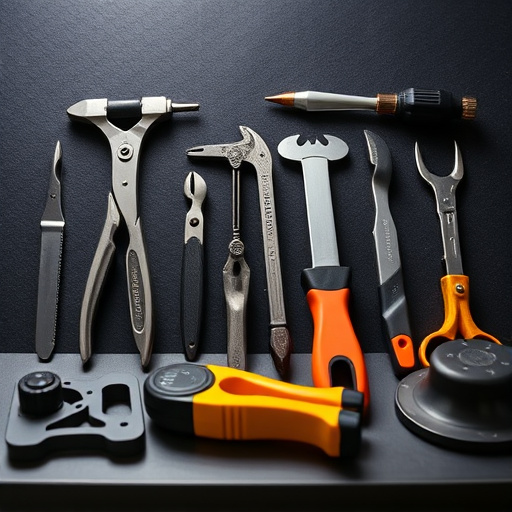
Tesla suspension alignment is a fundamental aspect of maintaining optimal vehicle performance and handling. It refers to the precise adjustment of various components within the car’s suspension system, ensuring each wheel is aligned correctly in relation to the chassis. This process involves meticulously calibrating angles such as camber, caster, and toe, which directly impact how your Tesla interacts with the road.
Proper alignment not only enhances driving dynamics but also prolongs the lifespan of critical suspension components. Over time, these parts can experience wear and tear due to regular use, especially on rough terrain or during aggressive driving. Regular checks and adjustments at a reputable vehicle body shop can help mitigate this wear, ensuring your Tesla maintains its handling characteristics and safety standards. Think of it as a form of car restoration, keeping your high-performance electric vehicle in peak condition for years to come.
Common Suspension Component Wear and Tear
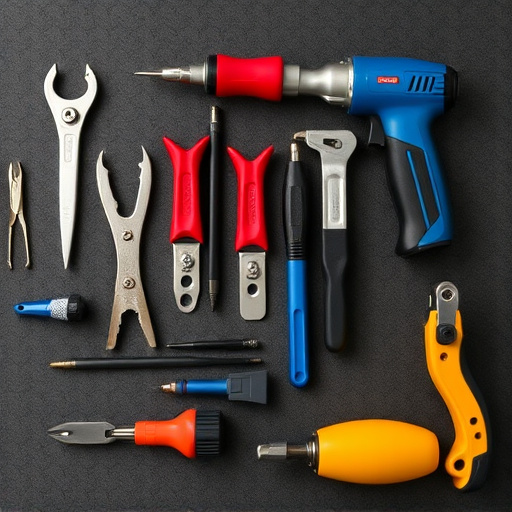
Over time, various suspension components on a Tesla vehicle can experience wear and tear, impacting its handling and safety. These parts, such as shock absorbers, struts, control arms, and bushings, play a crucial role in maintaining proper vehicle height, steering stability, and smooth ride quality. Regular use, varying road conditions, and exposure to harsh elements contribute to their gradual deterioration.
Common signs of suspension component wear include increased body roll during cornering, uneven tire wear patterns, irregular steering response, and a rough or bumpy ride. To address these issues effectively, routine maintenance, including regular checks and replacements as needed, is essential. Tesla owners should consider scheduling professional automotive repair services to ensure their vehicle’s suspension alignment remains optimal, thereby enhancing safety and optimizing the overall driving experience. Additionally, services like tire rotation and wheel alignment can further prolong the lifespan of these critical suspension components.
Strategies for Maintaining Optimal Tesla Suspension Alignment
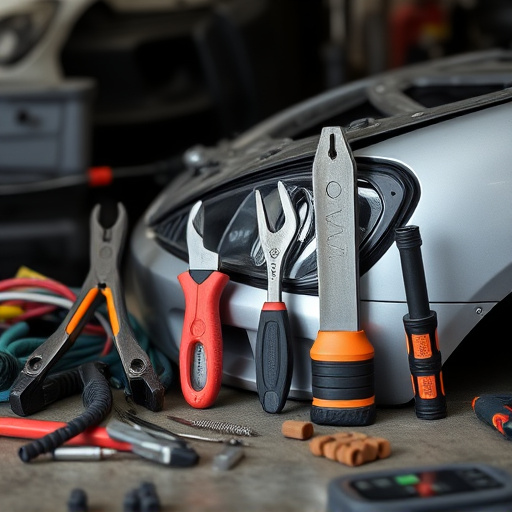
Maintaining optimal Tesla suspension alignment is crucial for both safety and performance. Regular checks and adjustments are essential to ensure your vehicle’s suspension components wear evenly, preserving the integrity of your car’s handling and ride quality. One effective strategy involves adopting a proactive approach, including frequent inspections at least every 5,000 miles or during routine maintenance visits. This practice allows for early detection of any misalignments or signs of component wear, enabling timely repairs.
Additionally, adhering to recommended driving habits can significantly contribute to Tesla suspension alignment longevity. Avoiding aggressive cornering, sudden stops, and high-speed driving can help mitigate stress on suspension parts, especially during daily commutes. If you’re prone to rough road conditions, regular wheel alignments might be necessary more frequently than the standard interval. Considering a visit to a collision repair shop or specialized service center for professional alignment adjustments is always beneficial, ensuring your Tesla maintains its optimal performance and safety standards over time, even in challenging driving environments.
Tesla’s advanced suspension systems require proper care and attention, especially regarding alignment and component wear. By understanding the basics of suspension alignment and implementing effective maintenance strategies, Tesla owners can ensure their vehicles maintain optimal handling, comfort, and safety. Regular checks and timely replacements of worn-out components are key to keeping your Tesla’s suspension in top shape, thereby enhancing both its performance and longevity on the road.
